Dear Editors,
Like many of your readers, I get a lot of magazines. Some professional magazines are very boring and I barely look at the captions let alone read the articles. However, I look forward to the magazines that I like and read the table of contents to find the articles of interest. With WWII I do not read the table of contents or page through the magazine looking for articles of interest. I read your magazine cover to cover, as every article is interesting. Keep up the good work!
David L. Lutz
Harrisburg, Pennsylvania
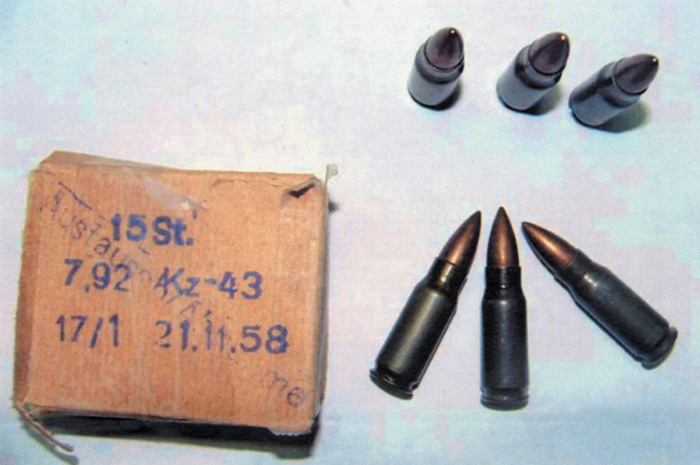
Sturmgewehr
Dear Editors,
I have been serving in Iraq since early 2003 and have encountered all sorts of ammunition, weaponry, and ordnance. Part of my job has been to coordinate the cleanup and destruction of these dangerous items. Some of the items that captured my interest are the rounds you see here. I found them while conducting reconnaissance in an old Republican Guard ammunition storage area. An infantry platoon escorted us on that day; throughout the area were scattered all types of mortar rounds, tank shells, RPGs, and small arms, most of it easily identifiable. The whole area had been buried and bombed, so many of the storage bunkers were collapsed. With the help of a security specialist I shimmied through the Iraqi dirt down a hole and into a museum of the recent past. With the help of our tactical lights we could just make out the ghostly stacks of small arms ammunition cases.
The specialist described a few of the ammo types to me but could not account for the origin of the ammunition pictured. I put a box into my pocket and took them to my office to research their origin. For a couple of days we pondered these odd rounds and searched the internet—to no avail. One day, however, I picked up a copy of the September 2004 issue of WWII History. I flipped through it, and paused at an article concerning the German Sturmgewehr. Having catalogued several types of captured weapons during my tour I decided to read on. I then found the answer to my mystery. I am convinced that the odd caliber, short cased rounds that we found in that bunker are none other than the ammunition for the MP-44, or an earlier variant. The rounds measure up in every way to the dimensions described in your article and the last sentence sealed my discovery: “…and the MP-44 can still be found serving in many African and Middle Eastern armies and militias to this day.” Thank you for shedding light on the questions regarding my own little piece of history.
Urriolagoitia H. Miner
Vancouver, Washington
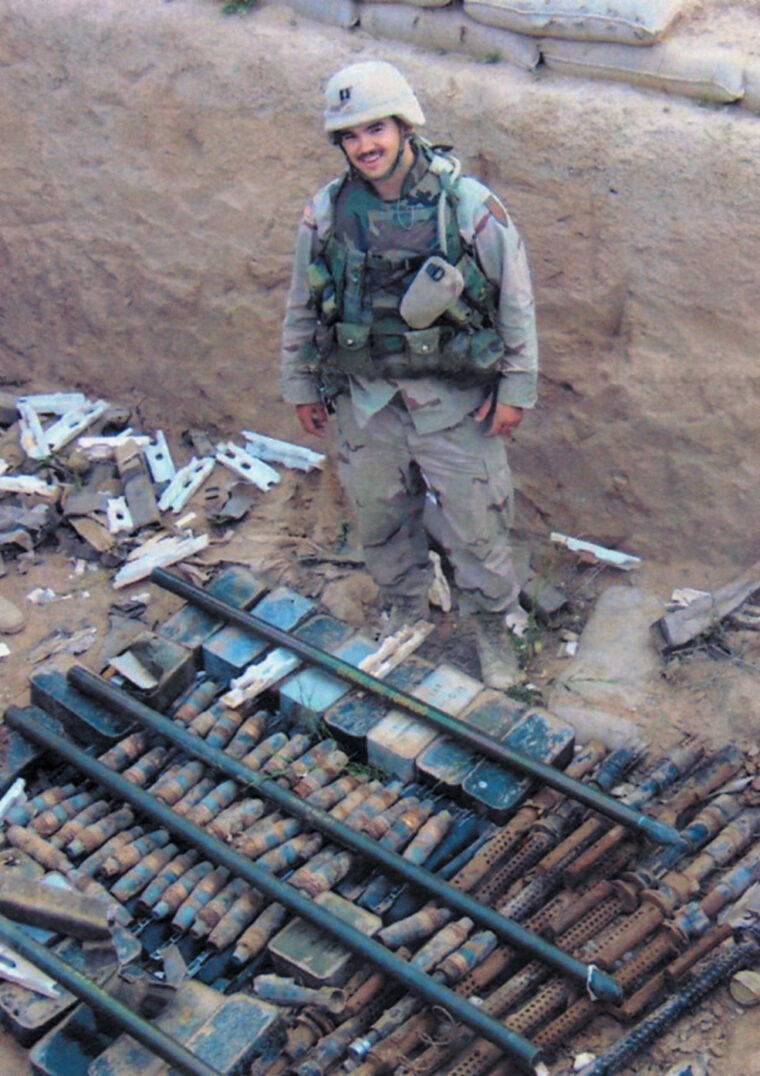
Our First Annual Swimsuit Issue
Dear Editors,
Your “swimsuit issue” reminded me of an occurrence on Eniwetok in 1944. We were enjoying the beach when a whaleboat approached. A group of men dove overboard and began swimming to the beach. One fellow remained aboard and we could see him talking to the man operating the boat who made a circle and came to within 100 yds. of the beach. The last fellow finally went overboard and the boat operator turned away. It was immediately apparent that the man could not swim–but was struggling to make it to the beach. Another fellow and I jumped in and reached him just as he was about to go under. Obviously he would have drowned if we had not rescued him, since the man in the boat was long gone. After the war I learned that Merchant Marine sailors were required to be swimmers. The test was to line them up on the deck, randomly choose one, and order him over the side. A friend of mine who had been a Merchant Marine admitted that he lived in terror for the day they would select him–he couldn’t swim.
Thomas McCarthy
Chino Hills, California
Dear Editors,
When our March 2005 edition arrived I was very excited to see the article entitled “Uniformed for R&R.” Finally an article that includes the women of WWII. I was also wondering about inclusion at some point of an article about the nurses held as POWs in the Philippines, the nurses that crash landed behind enemy lines in Albania, the woman that went ashore with the men in the first wave in North Africa, and the many other stories of women who played a role in WWII. I would love to see an article or two about these brave women.
Sandra Faulkner
Racine, Wisconsin
Dear Editors,
I discovered you recently when I noticed the cover announcement “Swimsuit Issue,” and was too curious to let it pass. What a great idea! I enjoyed the article and photos. It was a light, happy piece that balanced the heavy subjects normally covered by your magazine. I went on to devour the rest of the articles. These are tough times for many on active duty. Thanks for the reminder that even in the toughest times, it’s good to enjoy a little R&R.
David Comer
Dear Editors,
I would like to point out a small error in the January 2005 issue that caught my eye. The article “From the Alamo to the Riviera” had a picture of a German tank in parade formation on page 73. The caption indicates that tank as a Mark III. This is not the case however. This tank is clearly a Mark IV, most likely an ausf G variant. It may be an ausf F2, but with the muzzle cover, making the muzzle brake identification is much more difficult. With the muzzle cover off identification of a single baffle globular brake (F2) or a double baffle (G2) would be much easier. Mark III tanks could be differentiated most easily from a Mark IV from the side view. Mark IVs had four return rollers, while IIIs had only three. The pictured tank has a long barreled 75mm gun. Although some Mark IIIs were equipped with short barreled 75mm guns, none were fitted with a rotating turret with the KwK40, L/43. I would like to point out that I used the Squadron/Signal publications, PzKpfw IV in Action as my sources to make my assessment. Thanks for a great magazine, I look forward to each issue.
Steve Roersma
Ada, Michigan
Dear Editors,
In the January 2005 issue on page 77, and in the March 2005 issue on page 58, the same model tracked vehicle is shown and referred to as a tank in both issues. It is not a tank, but rather a self-propelled artillery vehicle, specifically: the Howitzer Motor Carrier M8. The M8 carried a 75mm howitzer that fired the same ammunition as the 75mm tank guns found in the M4 series Sherman tanks. Some have criticized it as being redundant, but a tank gun is a direct fire, flat trajectory weapon and is equipped with the sights to fire in that manner. A howitzer, on the other hand, uses a high-trajectory. WWII infantry vets that I have talked to have always praised the M8 as being an accurate, maneuverable, and handy artillery piece that was a big help to the infantry in both assaults and in defense against enemy attacks. The M8 fired a 14lb. 11oz. shell with a muzzle velocity of 1250 ft./sec. to a maximum range of 9760 yards. The vehicle weighed 15.45 tons and was powered by two Cadillac V-8 engines for a road speed of 40mph and a range of 130 miles.
Judson B. Shaw
Clarke County, Alabama



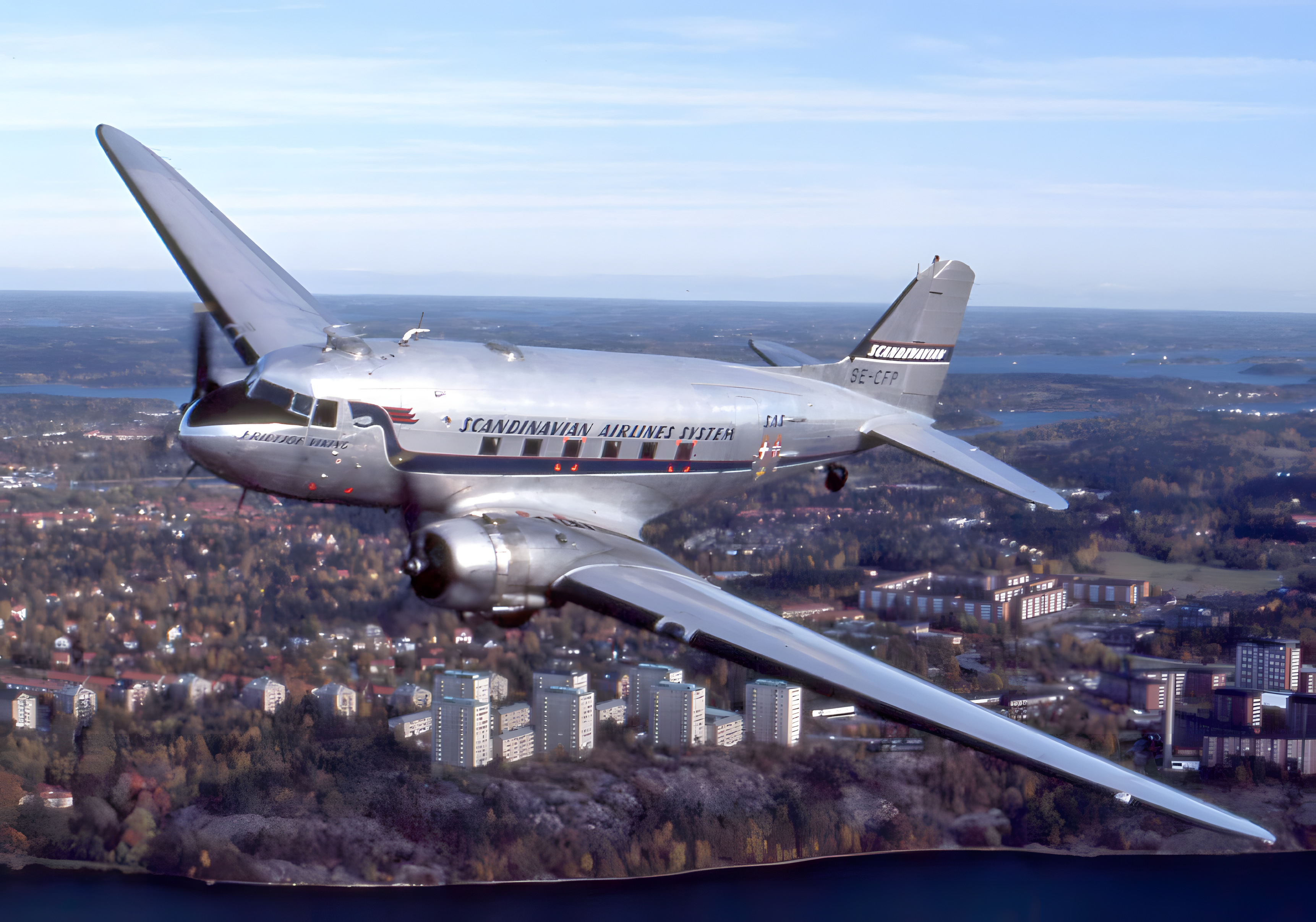
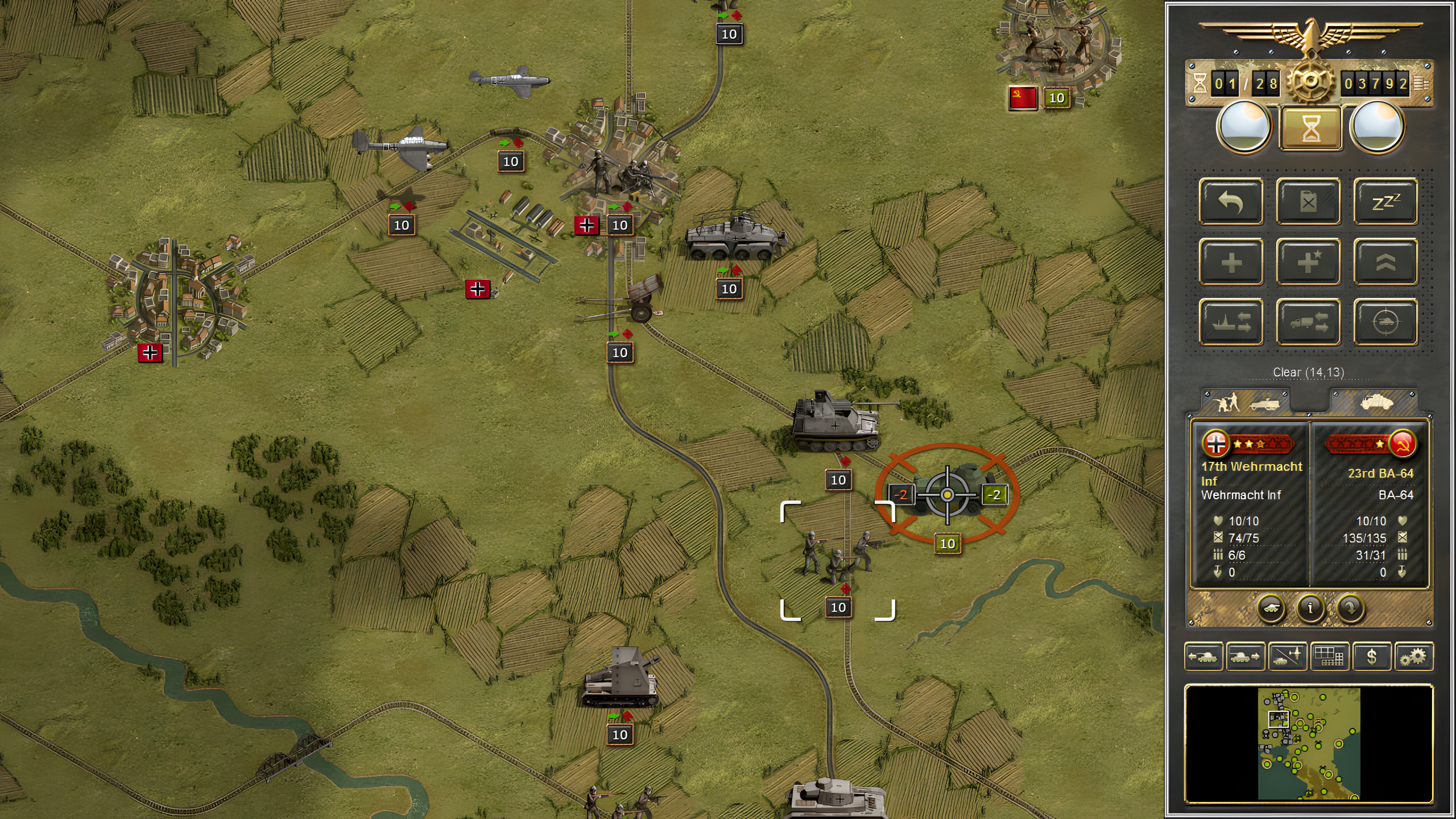
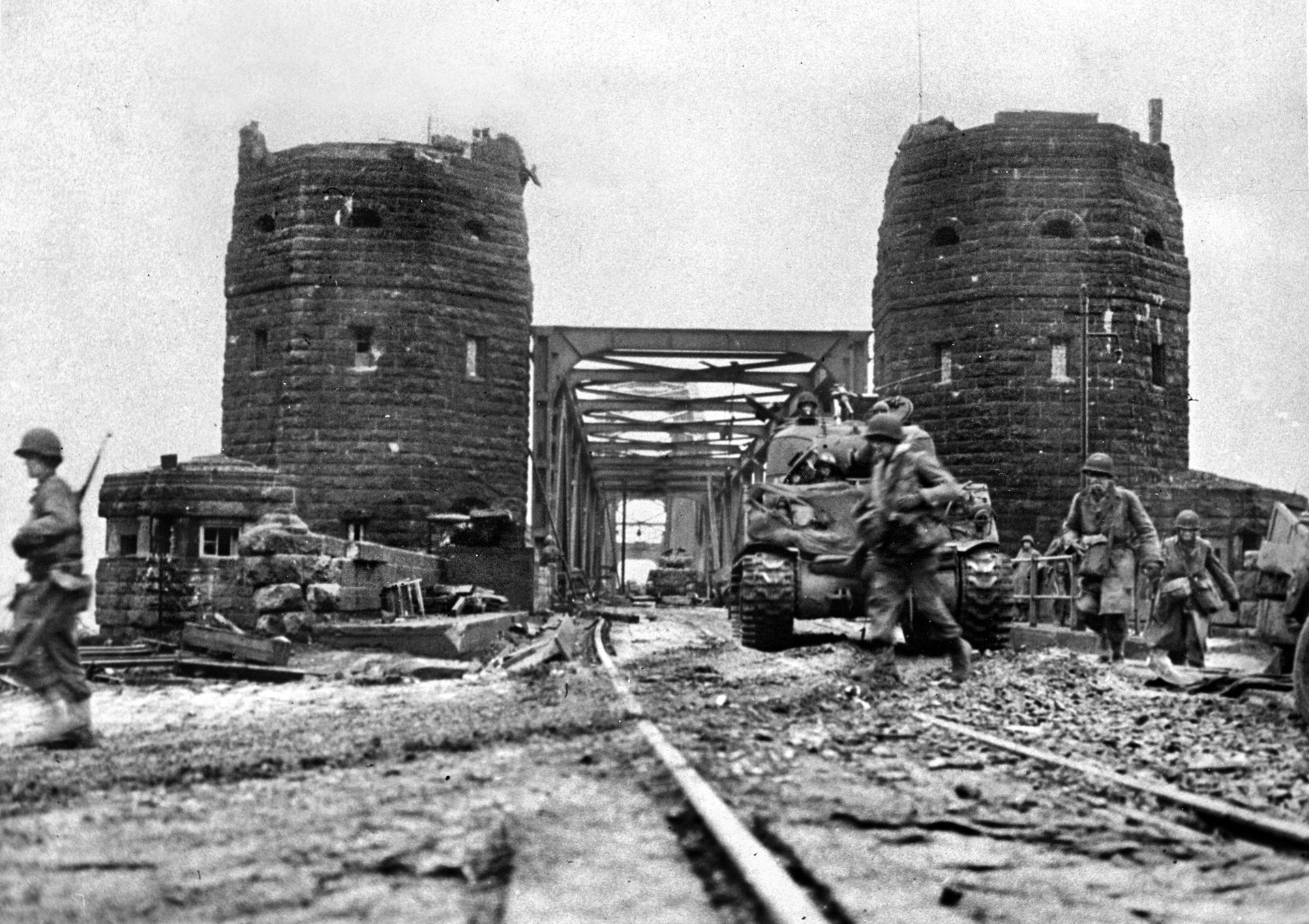
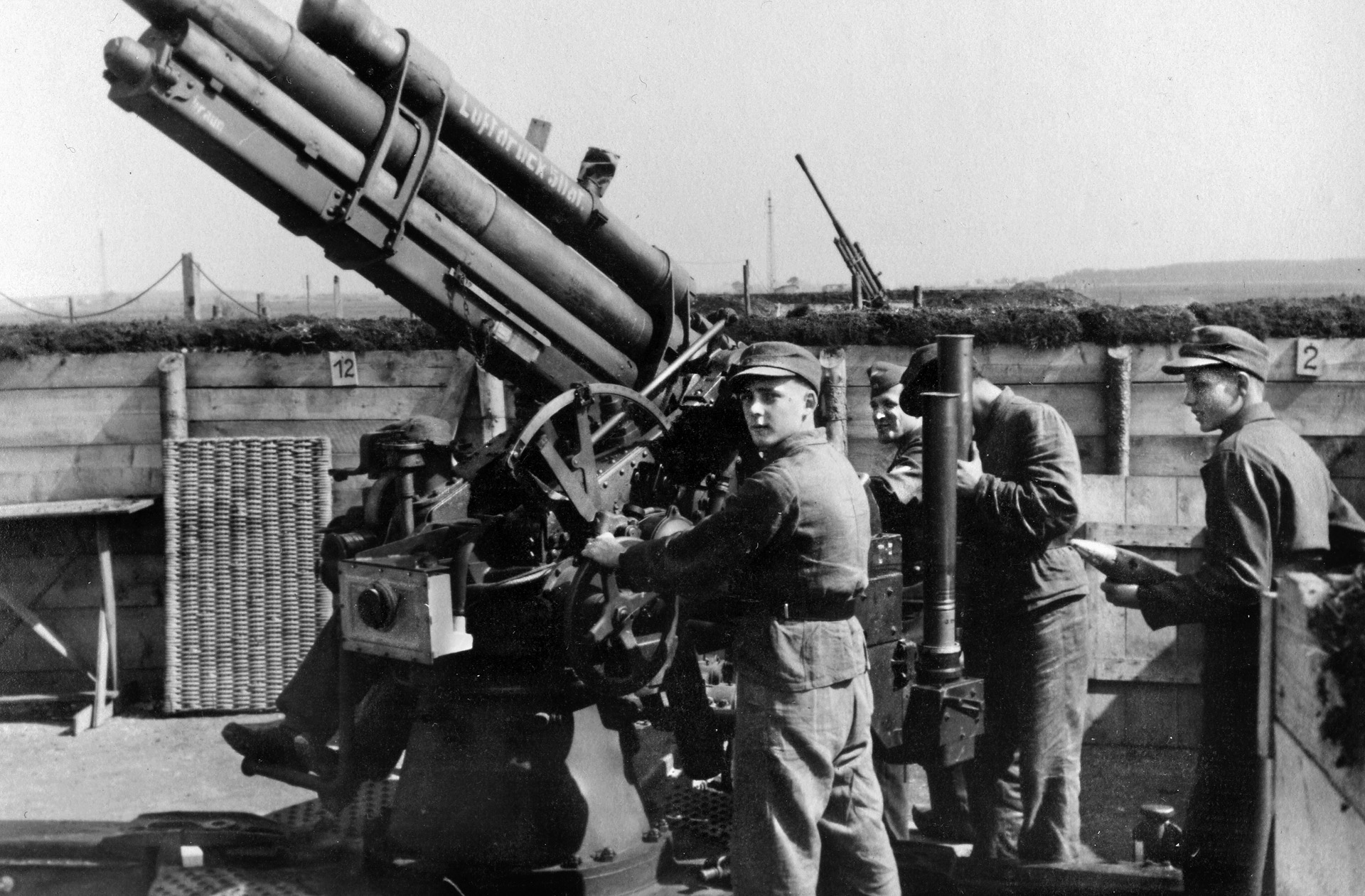
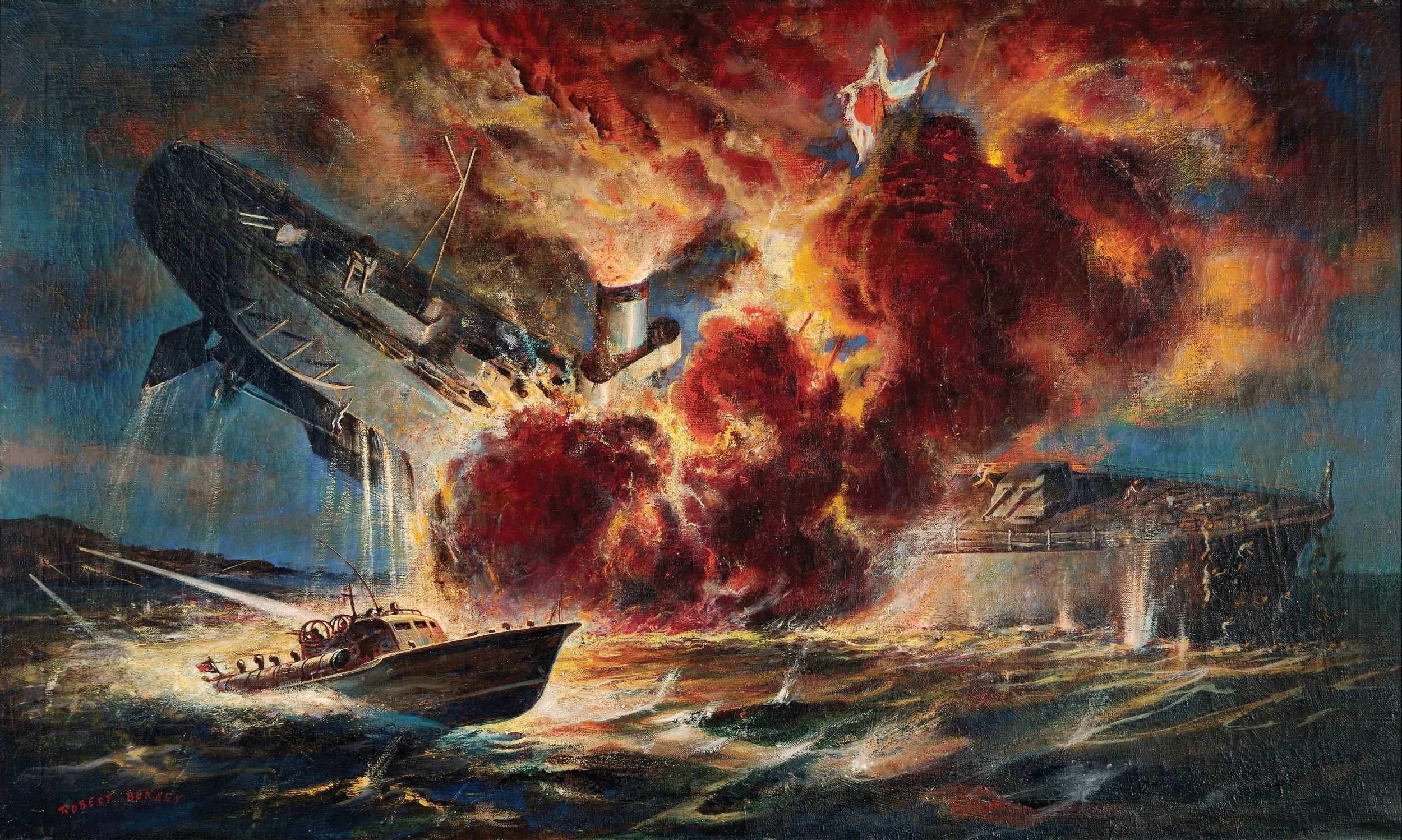
Join The Conversation
Comments
View All Comments